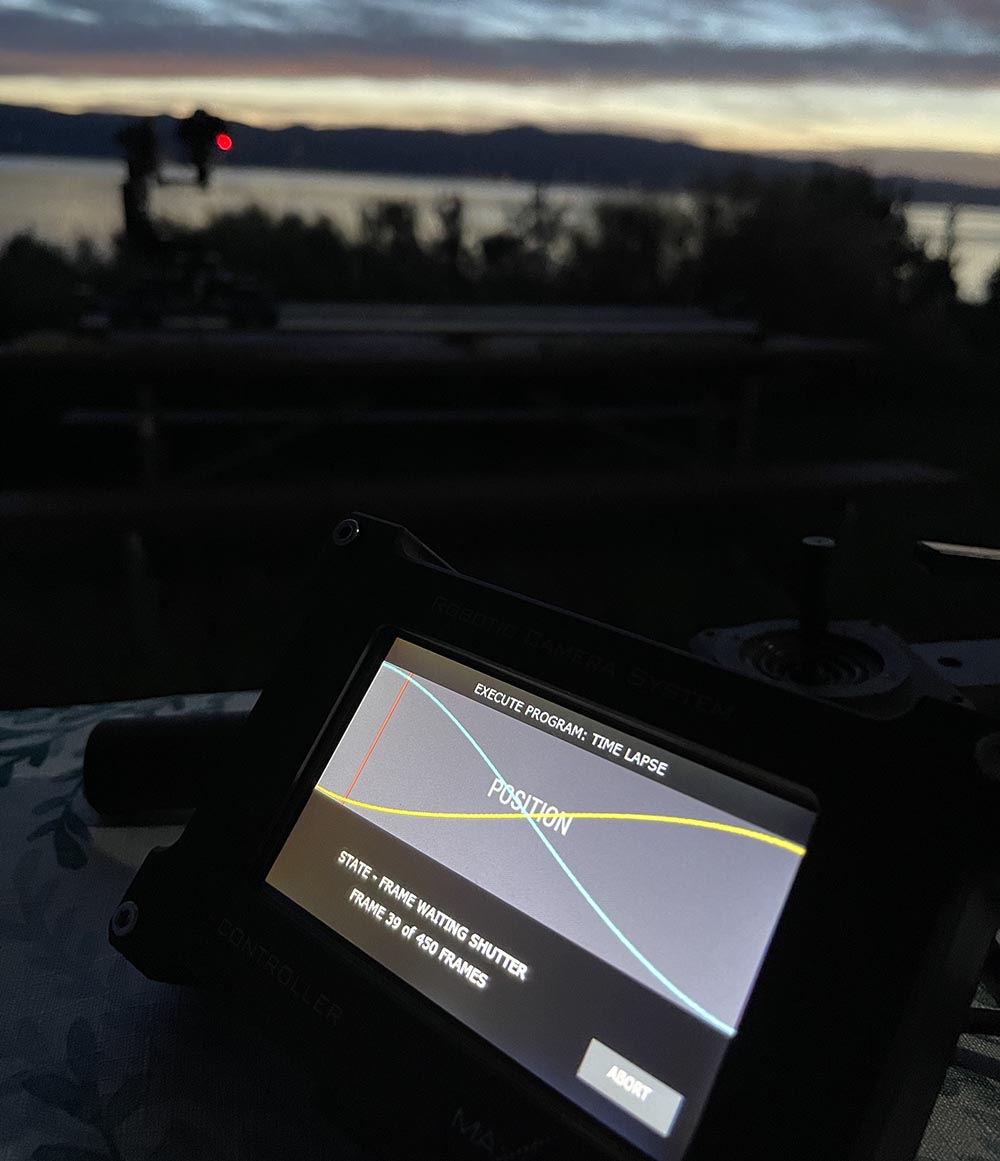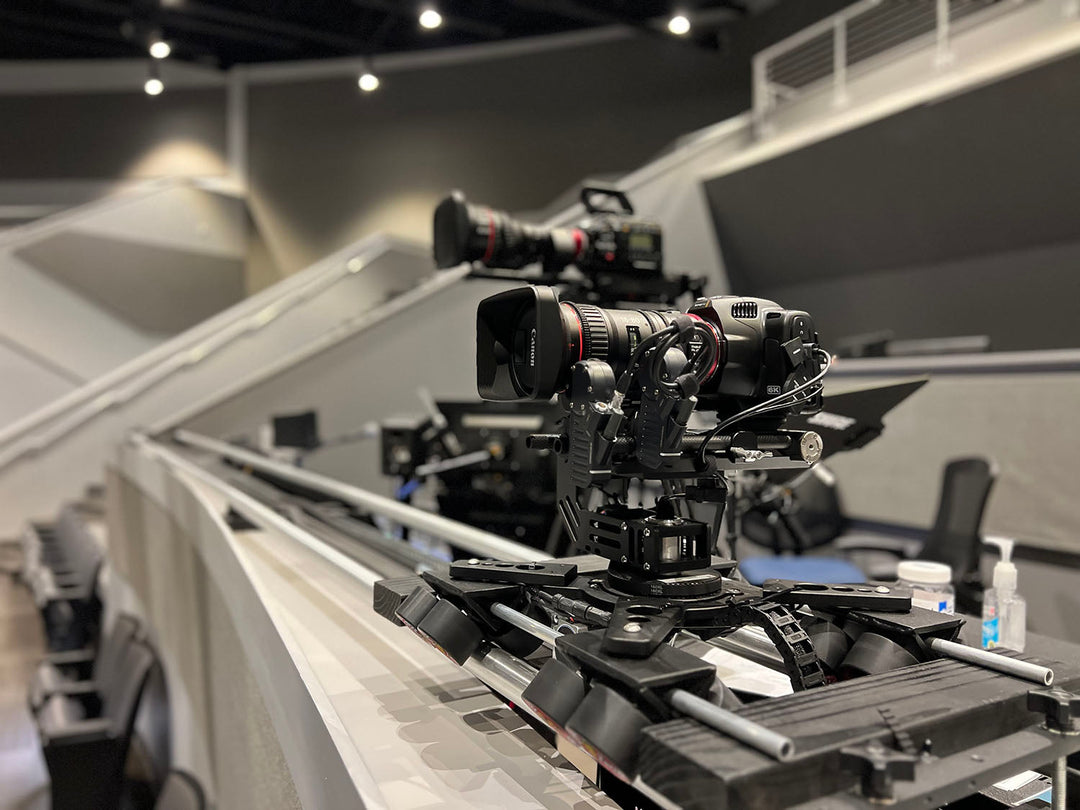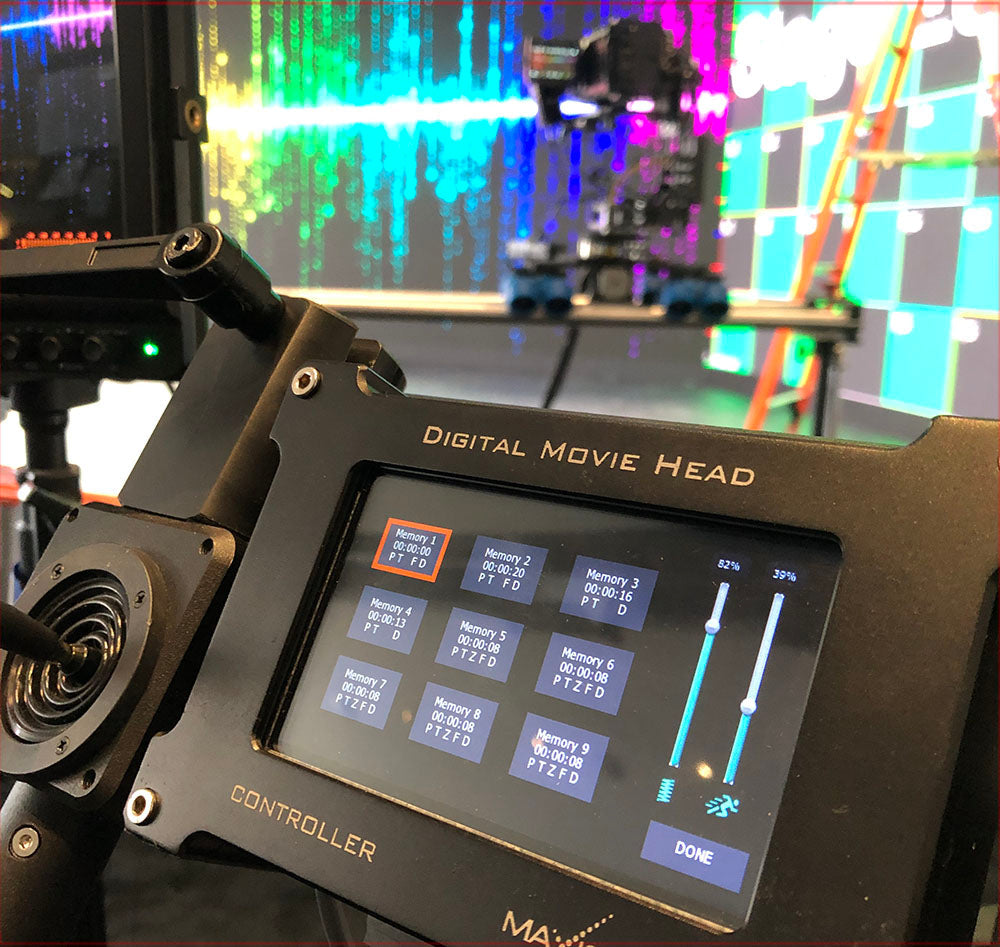Differences Between Velocity Mode and Position Mode in Motion Control

Motion control systems are integral to a variety of applications, from industrial automation to high-precision robotics. Two fundamental modes in these systems are velocity mode and position mode. Understanding the differences between these modes is crucial for optimizing performance and achieving desired outcomes in specific applications.
Velocity Mode
Definition: In velocity mode, the controller regulates the speed at which the motor operates. The focus is on maintaining a constant or variable speed according to the set command.
Key Characteristics:
- Speed Control: The primary goal is to control the rate of motion, ensuring that the motor reaches and maintains a specified speed.
- Feedback Loop: Typically involves a velocity feedback loop where the actual speed is continuously monitored and adjusted to match the desired speed.
- Applications: Commonly used in conveyor systems, fans, pumps, and other scenarios where maintaining a constant speed is crucial.
Advantages:
- Smooth Operation: Ideal for applications requiring smooth and continuous movement.
- Simple Implementation: Generally easier to set up and tune compared to position control systems.
Disadvantages:
- Limited Precision: Not suitable for applications requiring precise positioning, as it focuses solely on speed control.
- Potential Drift: Over time, there can be a drift in position since the system does not inherently correct for position errors.
Position Mode
Definition: In position mode, the controller manages the exact position of the motor. The goal is to move the motor to a specific location and maintain it there.
Key Characteristics:
- Position Control: The primary objective is to control the position of the motor, ensuring it reaches and stays at a specified point.
- Feedback Loop: Involves a position feedback loop, often with integrated velocity and acceleration feedback loops to improve control precision.
- Applications: Used in CNC machines, robotics, and other precision applications where exact positioning is critical.
PID Control in Position Mode: A common method for implementing position control is using a PID (Proportional-Integral-Derivative) controller. PID control is a type of feedback loop that continuously calculates the error value as the difference between a desired setpoint and a measured process variable, then applies a correction based on proportional, integral, and derivative terms.
- Proportional (P) Control: The proportional term produces an output value that is proportional to the current error value. The proportional response can be adjusted by multiplying the error by a constant known as the proportional gain (Kp). A higher Kp increases the response to the current error.
- Integral (I) Control: The integral term is concerned with the accumulation of past errors. If the error has been present for some time, the integral term increases the output to correct for the cumulative error. The integral gain (Ki) determines how much influence the accumulated error has on the output.
- Derivative (D) Control: The derivative term predicts future error based on its rate of change. It provides a control action that is proportional to the rate of change of the error. The derivative gain (Kd) adjusts the contribution of this term.
Advantages of PID Control:
- Precision: PID controllers provide precise control over position by continuously correcting errors.
- Stability: Properly tuned PID controllers can maintain a stable position without oscillation.
- Adaptability: PID parameters can be adjusted to suit different dynamic characteristics of the system.
Disadvantages of PID Control:
- Complex Tuning: Finding the right values for Kp, Ki, and Kd can be complex and time-consuming.
- Over-Tuning Risks: Incorrect tuning can lead to oscillations or slow response times.
Comparison and Applications
Control Focus:
- Velocity Mode: Controls the speed of the motor.
- Position Mode: Controls the precise position of the motor using feedback mechanisms such as PID control.
Use Cases:
- Velocity Mode: Suitable for applications where maintaining a specific speed is more critical than precise positioning (e.g., conveyor belts, spinning machines).
- Position Mode: Ideal for applications where precise movements and exact positioning are required (e.g., robotic arms, CNC machining).
Feedback Mechanisms:
- Velocity Mode: Typically uses tachometers or encoders for speed feedback.
- Position Mode: Uses encoders or resolvers to provide position feedback, often supplemented with velocity feedback for better control, and may incorporate PID control for enhanced precision.
Implementation Complexity:
- Velocity Mode: Easier to implement and tune, making it suitable for simpler applications.
- Position Mode: More complex due to the need for precise control and multiple feedback loops, but essential for high-precision tasks.
Choosing between velocity mode and position mode in motion control depends largely on the specific requirements of the application. Velocity mode is advantageous for maintaining consistent speeds in less precise operations, while position mode, especially when using PID control, is crucial for applications demanding high precision and exact positioning. Understanding these differences helps in selecting the appropriate control strategy, ensuring optimal performance and efficiency in motion control systems.





Leave a comment